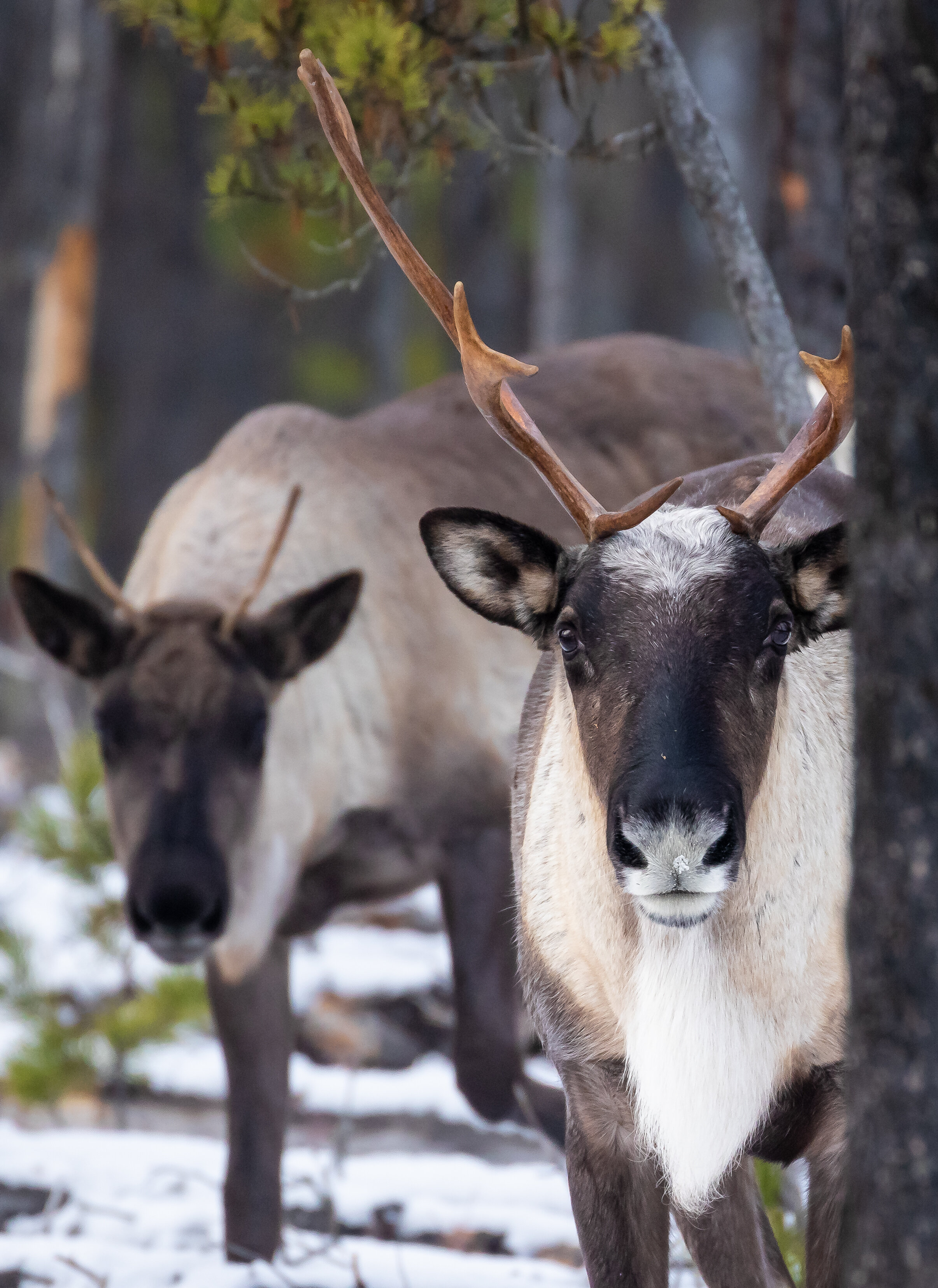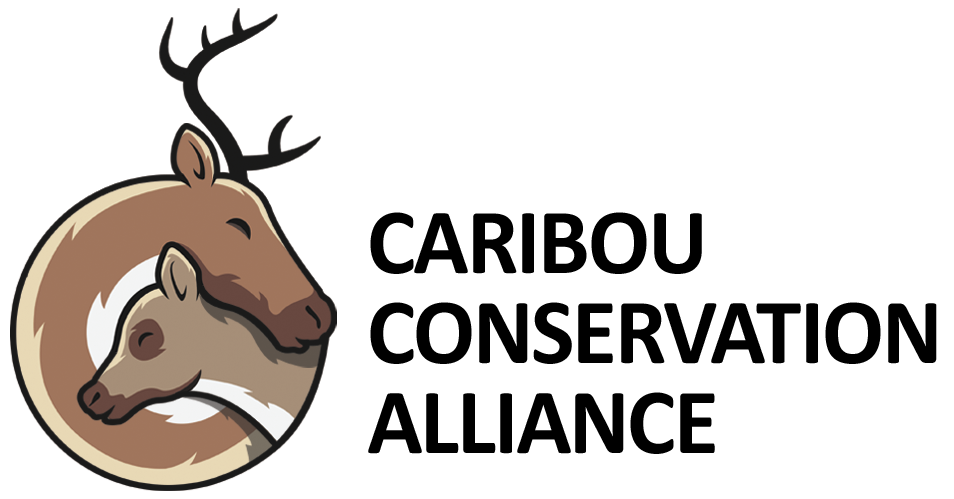
CANADIAN SPECIES INITIATIVE
“Much work has already been done to identify the ways in which ex situ management, and specifically conservation breeding, can assist in caribou recovery. The proposed conservation breeding program for Southern Mountain caribou in British Columbia has been exceedingly well researched and planned. What is missing now is the integration of this conservation tool with existing efforts on the ground to forge a path forward for recovery of this iconic species, using the best available evidence. CSI is working with CCBF to address this gap.”
— Jessica Steiner, Conservation Programs Director, Wildlife Preservation Canada
+ Who we are
The Canadian Species Initiative (CSI) was co-founded in 2019 by Wildlife Preservation Canada and African Lion Safari, after recognizing the need to establish a coordinated and holistic effort to meet the ex situ management needs for species conservation in Canada, adhering to the principles of the International Union for the Conservation of Nature’s (IUCN) One Plan Approach (OPA). An integrated approach to conservation planning is required to allow consideration of all available and effective conservation means including field-based in situ activities and, where appropriate, ex situ methods. The Canadian Species Initiative will help to ensure that Canadian zoos and aquariums are a strong and central partner in conservation of Canadian species at risk, using existing proven tools and workshop processes to identify where their expertise and resources would most benefit species conservation.
To learn more about CSI, visit canadianspeciesinitiative.ca.
+ How CSI is involved in conservation breeding
Recognized as the Canadian Regional Resource Center for the IUCN Species Survival Commission’s Conservation Planning Specialist Group (CPSG), the Canadian Species works with diverse partners across the country to apply existing internationally recognized science-based tools and workshop processes to conserve our native threatened species. Our goals are to:
- Increase awareness of ex situ conservation roles and activities among species conservation planners and population managers
- Provide science-based tools and processes for evaluating and incorporating, as needed, ex situ options into species conservation planning and zoo collection planning
- Involve both in situ and ex situ communities to strengthen endangered species recovery planning and implementation in Canada by providing leadership in implementation of the IUCN’s One Plan Approach.
+ Why CSI supports caribou conservation breeding
As habitats and ecosystems become increasingly altered and wild populations impacted by human activities, a growing number of species will require some form of human management to ensure their survival. Effective species conservation planning should consider all options when assessing what actions are necessary to address the conservation pressures facing a particular species.
Zoos are no longer simply “arks”, but play various and important roles in conservation, as identified in the IUCN Species Survival Commission’s Guidelines on the Use of Ex Situ Management for Species Conservation. While critical to preserving extinct-in-the-wild species and providing a safety net for those species near the brink of extinction, the function of zoos in species recovery goes beyond captive breeding. Ex situ programs can directly address the threats a species is facing e.g. through research and training, offset the impact of threats through e.g. temporary rescue, as well as directly restore population by providing a source of animals.
More than 70 species at risk in Canada identify ex situ management as a recommended approach in recovery by species experts, including caribou. We have seen the success these efforts can have with species such as Vancouver Island Marmot, Whooping Crane and Peregrine Falcon, but the truth remains that the vast majority of these Canadian species have no active ex situ actions. The proposed conservation breeding program for Southern Mountain caribou will provide a robust assurance population for future reinforcement and reintroduction efforts, as well as serve as a model for other future ungulate conservation recovery programs.

